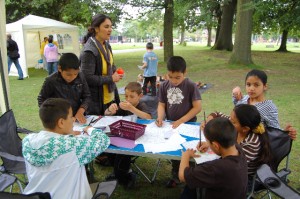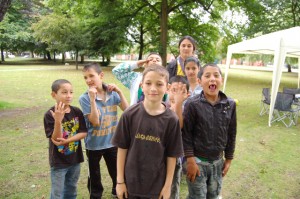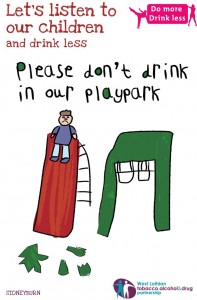
People found themselves discharged from hospitals into small group homes in virtually every town in the UK. These were shared houses registered as care homes operating effectively as shared supported housing in the days before the supported living drive but without the important security of a tenancy. For many it felt like not only a new life, but a better one.
But now, just as people are looking forward to enjoying this life, due to bureaucratic, regulatory and financial reasons, people are trapped in unwanted small registered care homes. These homes are now closing because of running costs or the need to meet national minimum standards and changes in commissioning practice which prefer supported housing over ‘care homes’.
The problem is these closures are not happening in a strategic or orderly way, so the people living there face the prospect of another move into the unknown.
Take John, for example. He has a complex disability and moved from a long stay institution in 1986 to live in the community. His funding came from the council (let’s call it council A) where his parents lived although his new home was based in a different local authority area (council B).
In 1990 John moved to a smaller house, still registered as a care home (as it was before the supported living options became available), but less rural and with more to do in the community. The new house was still based in council B’s area and the funding arrangements continued.
Over the last 15 years John and his housemates have enjoyed a settled and fairly contented life building up their local support networks. Recently, two of the other people living there have moved on, leaving behind John and a fellow housemate, Mary (she is funded by council C).
The problem is that the charity that runs the home cannot find new people to move in to fill the vacancies – it has continued to run the service at a loss for the past two years.
The inability to find people to join John and Mary has been largely due to the understandable reluctance of authorities to make referrals to registered care placements.
As a solution, the charity could de-register the accommodation so it is no longer classed as a care home, but if it does so, it will come up against two bureaucratic barriers. Firstly, local government ‘ordinary residence’ rules mean council B would have to take on the support costs for John and Mary (while councils A and C would relinquish all funding). Secondly, council B is reluctant to open up its procurement arrangements to recognise the charity as a preferred contractor so will not place people there under contract for supported living!
Unknown to John and Mary, the home is likely to close and they will be faced with a move back to authorities A and C, a part of the country they haven’t lived in for over 20 years where not many family members remain. The costs to authorities A and C are very likely to increase while authority B will lose a good resource that could meet local needs.
The Voluntary Organisations Disability Group (VODG) researched the issues affecting people with disabilities because of the Ordinary Residence rules in 1997.
Our 2007 report titled No Place Like Home recommended three actions: firstly to agree the principle of a person-centred approach to funding and placement, secondly for the government to issue guidance and thirdly to put in place a framework for funding to transfer between authorities.
In October the VODG published Not in My Backyard as a follow up and found that despite the fact that new guidance had been issued there was little evidence of good practice. VODG demands the government include the concept of portability of social care entitlement in the white paper on social care due to be published next year.
We must do right by people like John and Mary; they represent a particularly wronged generation of people. Regardless of promises for future reform we need a kind of national amnesty, one that ensures funding is in the right place, providers and commissioners are working in partnership and individuals are given a proper voice. Because putting people first is not just a one off action, it is an enduring commitment.




 Above, a poster designed by a child in Stoneyburn, West Loathian, speaks directly to the community.
Above, a poster designed by a child in Stoneyburn, West Loathian, speaks directly to the community.